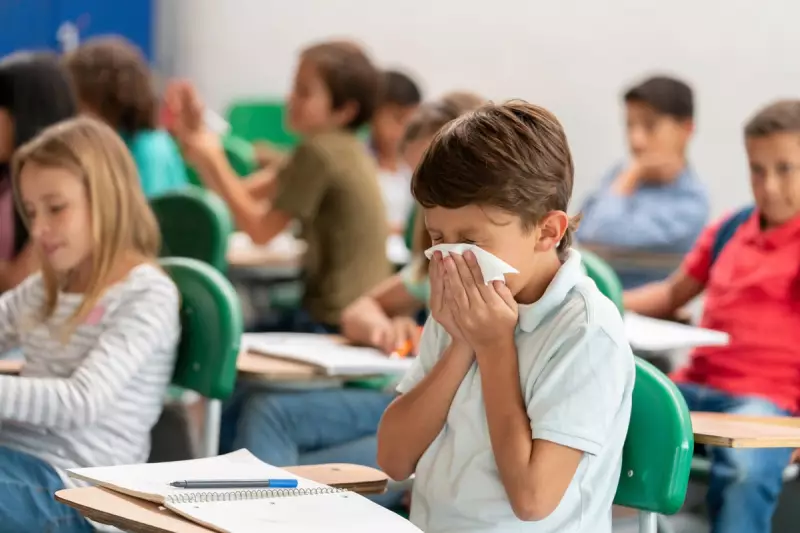
As Britain braces for another challenging winter, groundbreaking research has uncovered a crucial piece of the seasonal illness puzzle that affects households nationwide. The return to classrooms each autumn creates a perfect storm for virus transmission, with schoolchildren emerging as unwitting super-spreaders in our communities.
The Classroom Contagion Effect
Educational settings function as ideal breeding grounds for respiratory viruses. The combination of close proximity, shared resources, and developing immune systems creates an environment where flu and cold viruses can circulate with remarkable efficiency. Children typically encounter these pathogens in school settings before bringing them home to family members.
Why Children Are Key Transmission Vectors
Several factors contribute to children's role in spreading winter viruses:
- Developing immune systems make them more susceptible to infections
- Close classroom contact enables rapid virus transmission
- Less consistent hygiene practices compared to adults
- High levels of social interaction throughout the school day
The Ripple Effect on Communities
When children contract viruses at school, the impact extends far beyond the classroom. Working parents face time off to care for sick children, grandparents and vulnerable relatives become exposed, and the healthcare system experiences increased pressure during winter months.
Protective Measures for Families
While complete prevention remains challenging, families can take practical steps to reduce transmission risk:
- Emphasise regular hand washing with soap
- Teach children to cover coughs and sneezes properly
- Keep children home when showing symptoms
- Consider flu vaccinations for eligible family members
- Maintain good ventilation in homes and classrooms
Understanding this transmission dynamic provides valuable insight for parents, educators, and healthcare professionals alike. By recognising schoolchildren's role in seasonal virus spread, communities can implement more effective strategies to protect vulnerable populations throughout the challenging winter months.





